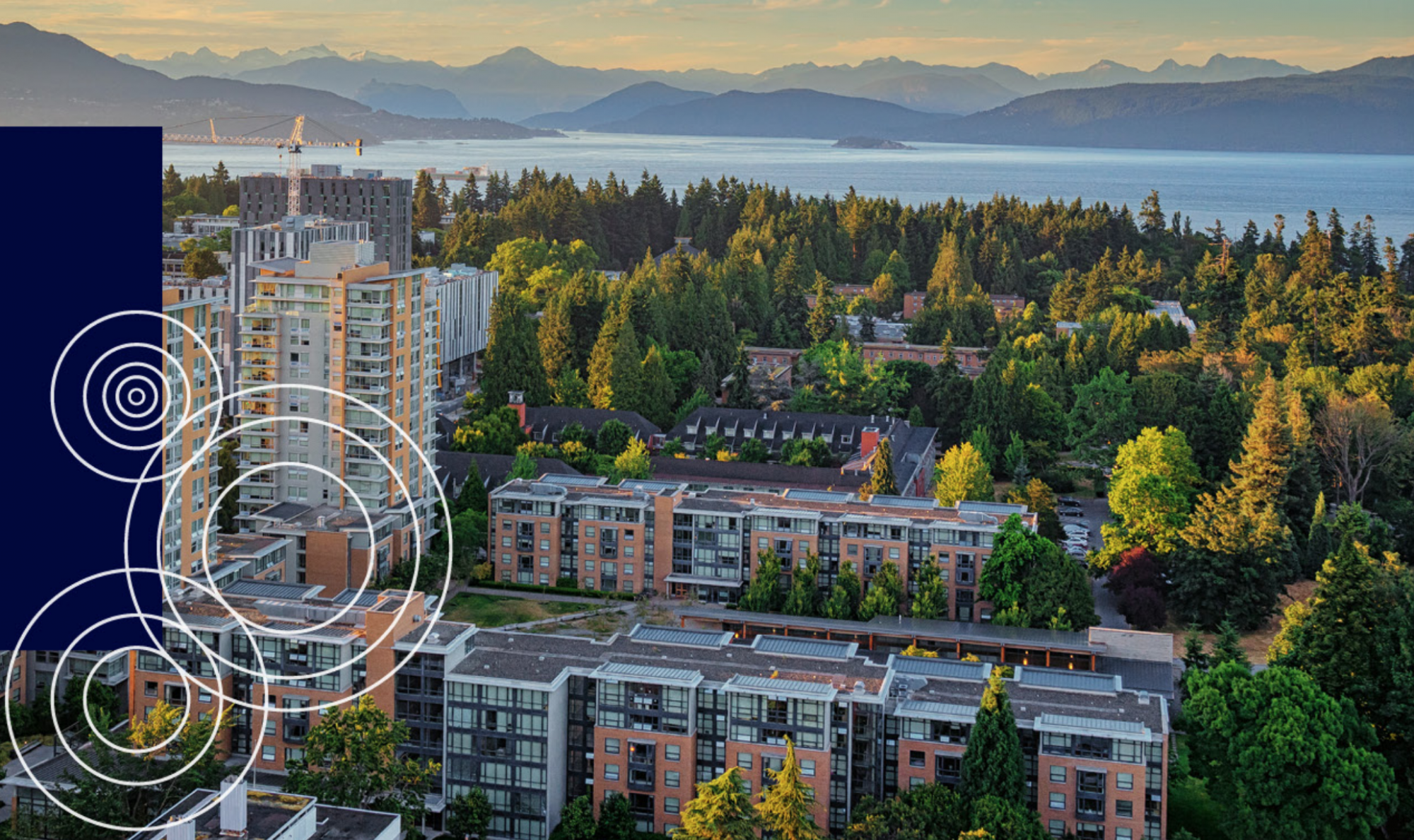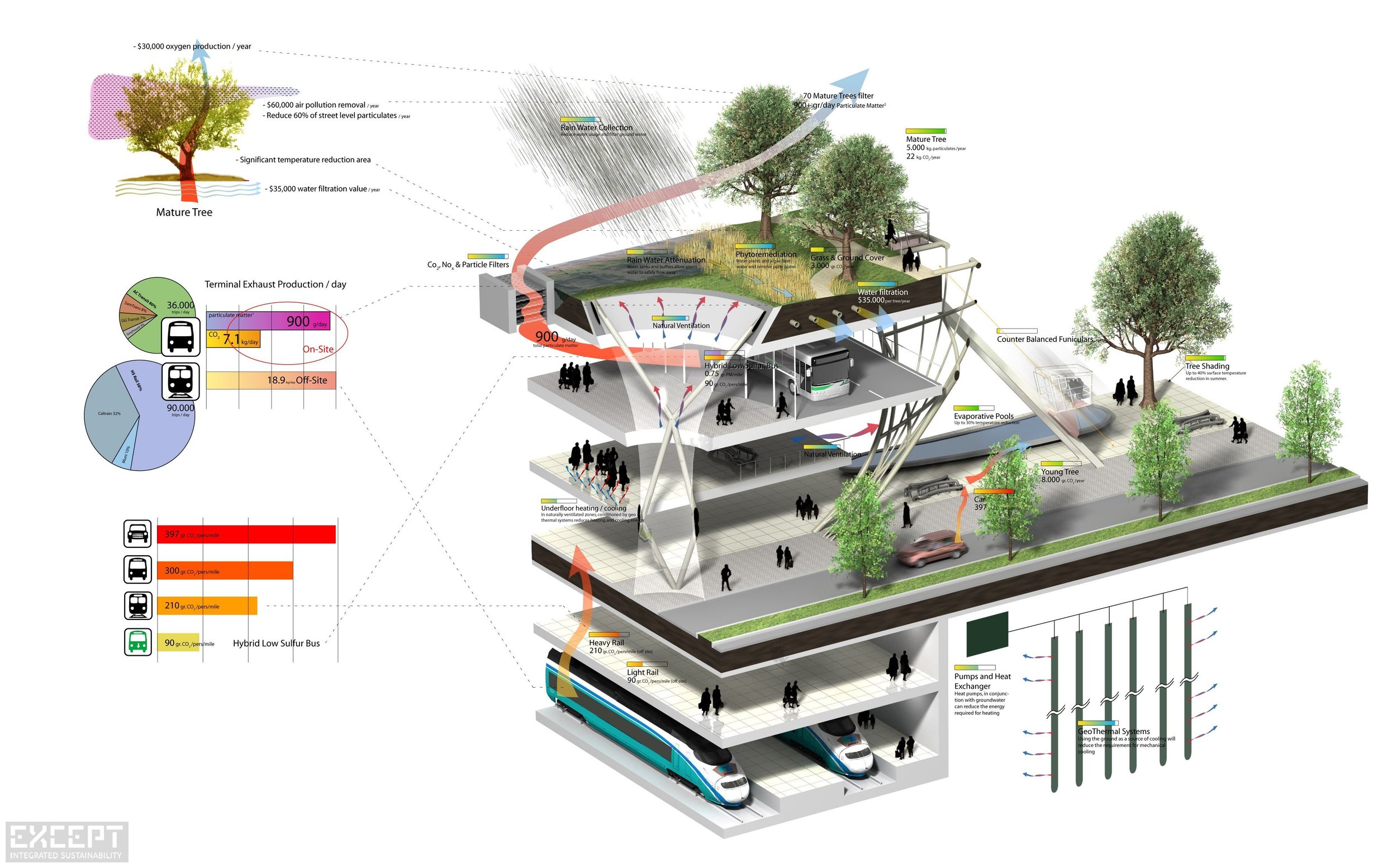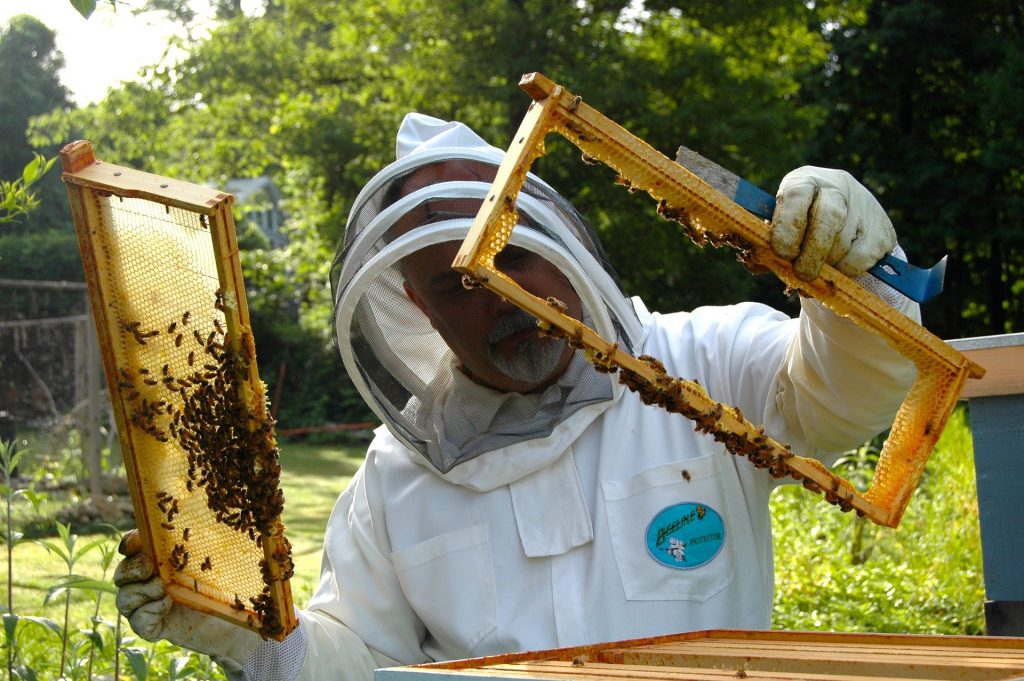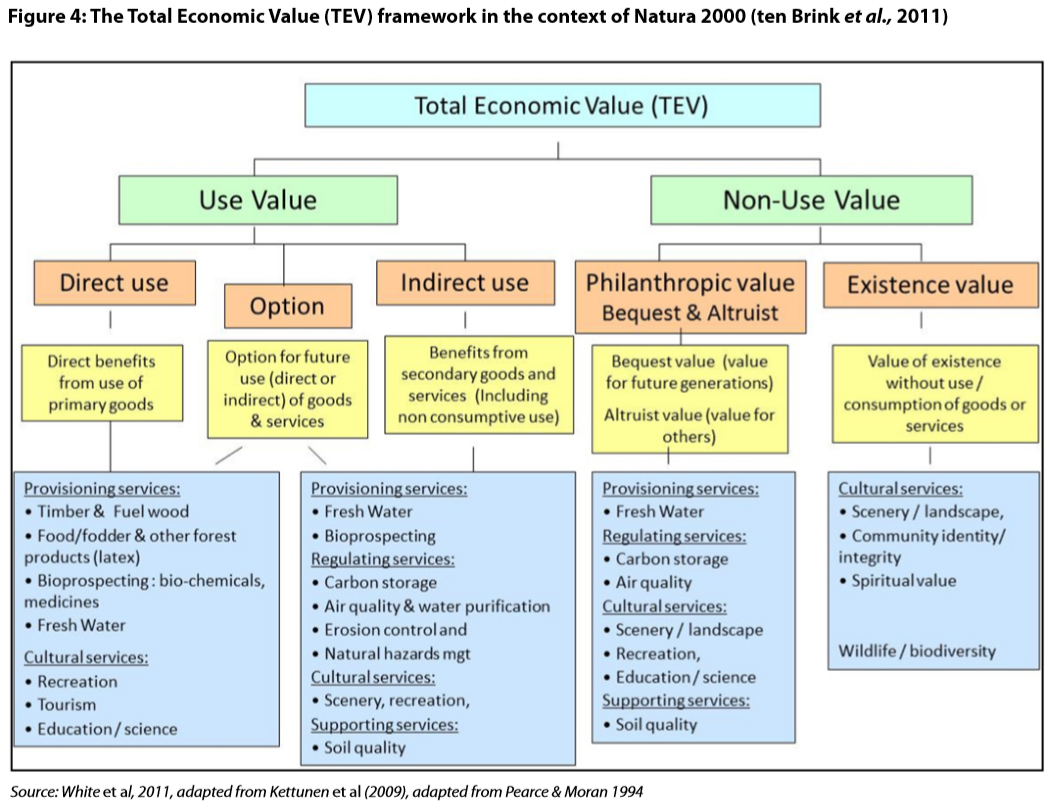Public-Private-Partnership
Quick Review about PPP in Green Infrastructure:
As mentioned in this week’s BRISTOL case study. To build the green infrastructure, especially for the very large city-wide green infrastructure projects, PPP (Public-Private-Partnership) is a very commonly used arrangement nowadays. There are many types of PPP arrangements, such as BT (Build-Transfer), TOT (Transfer-Operate-Transfer), BOT (Build-Operate-Transfer) etc.
Generally speaking, PPP is a cooperative arrangement between the government and private companies on the construction of city infrastructures. All sectors will sign the contract to clear the rights and obligations to ensure the infrastructure completed successfully, and achieve the final results that could not be obtained by unilateral actions. All risks and profits will be shared. The PPP cooperation could not only be limited in the national level, but it could also be the worldwide cooperation, for example, there are many green infrastructure projects participated by a couple of countries’ governments and private funds by using PPP arrangement in Asian. I made the following picture to show you the relationship among key players and their functions.
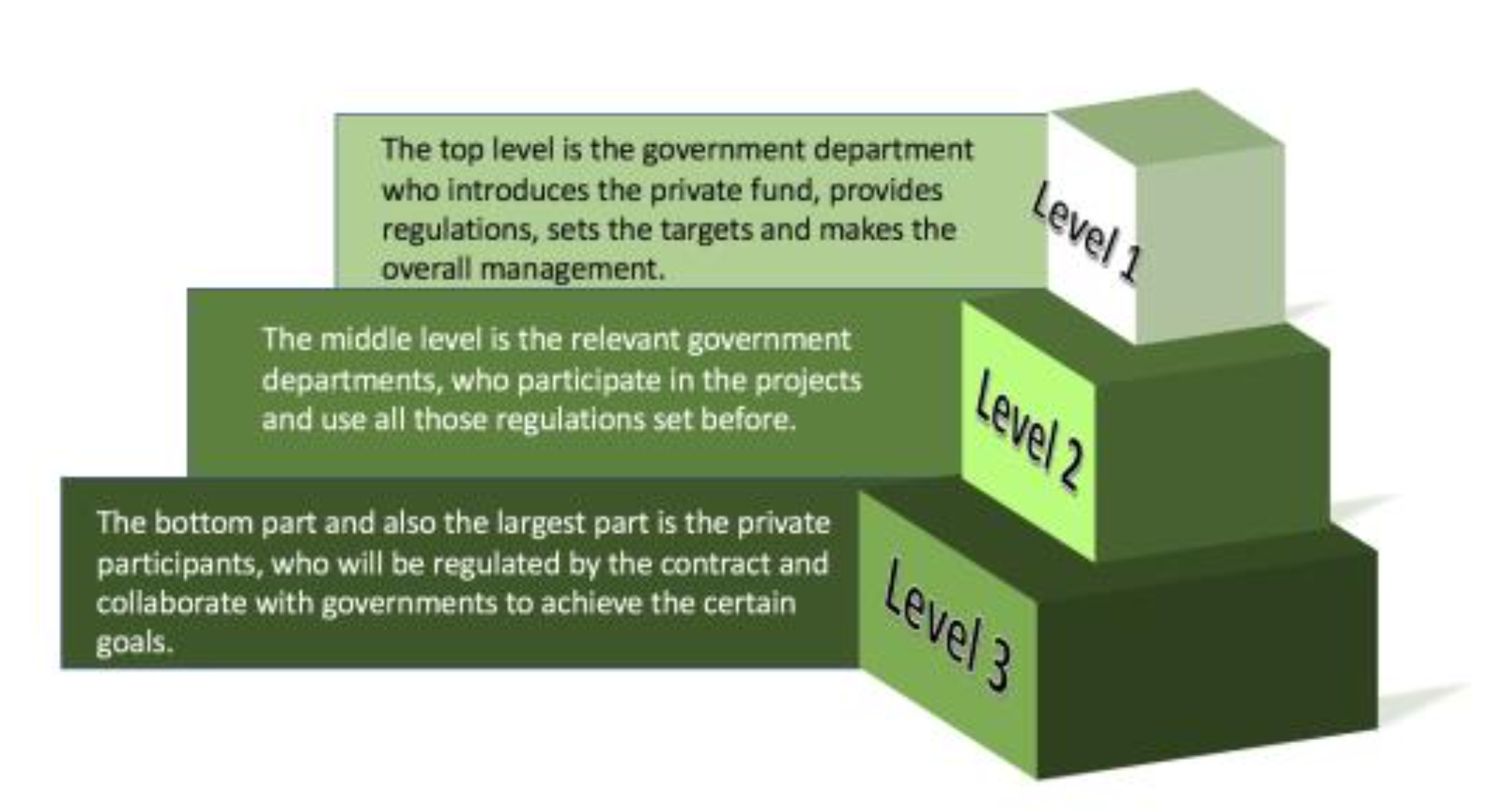
SWOT Analysis on PPP:
SWOT model can be applied to analyze the PPP arrangement, and identify how PPP is related to green infrastructure.
Strength:
The PPP is just started and green infrastructure market is very flexibly demand-orientated, the private companies could adapt to the market easily. The government usually has large financial pressure on high-cost green infrastructure projects, so that they introduce the private sectors to help the construction, and authorize the private sectors with the operation rights to generate profits. As the partner of the government, the private sectors could have less financing difficulties with a bank or other institutions. Private companies can use more advanced skills to manage the resources efficiently compared with the government, and they have more new planning ideas and practical patent technologies about green infrastructure. PPP is a win-win arrangement.
Weakness:
Compared to the government, private sectors have less bargain power and less risk affordability. PPP projects usually have longer negotiation period because of different concerns for different sectors. The negotiation cost would be a large portion of the total green infrastructure cost.
Opportunity:
Because PPP is a really fresh innovation and green infrastructure is a long-term plan, the market demand is still very huge. As PPP is win-win for both sectors, PPP arrangement gets supported and develops very fast, for example, PPP fund and projects have grown to 244 Billion US Dollars just in half a year period from 2016 December to 2017 June in China. For Green Infrastructure and relevant industry, PPP will become the first choice. Our Civil Students should be equipped with PPP knowledge, and it will also be our opportunity to achieve something in this field.
Threaten:
For high-tech green infrastructure plans and new sustainable ideas, the complex government examine and approval processes could depress some private companies, which means we would loss many opportunities to show our capabilities. The relevant laws and regulations are not well-established, which could affect our work in the near future. Another important point is from the public views, because the public opinions could make a big difference on green infrastructure decisions.
If you like this post, or you think it is helpful somehow, please up-vote. I would like to discuss and share more ideas about PPP with you.
Reference:
Retrieved September 22, 2017, from http://www.bridata.com/front/index
Retrieved September 22, 2017, from http://www.zeidei.com/article/1526895.html
